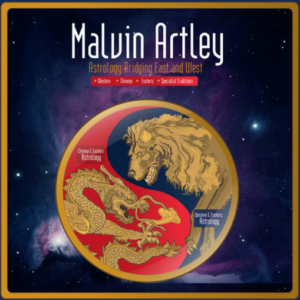
2014 in L'Alpe di Siusi, fresh from the US and Australia.
This site will be undergoing upgrades for the next months (from Sep 2021). Check back in from time to time!
If you would like a consultation, go to the 'Enquiries' button at right and fill out the form
To subscribe to the monthly newsletter, go to the 'Subscribe' button at right
I can be reached and read at the social media icons, top right
Comments to newsletters are temporarily closed. If you want to comment, contact me at admin@malvinartley.com or use the 'Enquiries' button, at right


ASTRONOMY RESOURCES
Links and resources for looking into the astronomy of ancient cultures. An initiative of Berkeley University.
A trove of useful information about deep-space astronomy, mainly for observers. Many links, general info, a section for observers in the southern hemisphere, history, people, tutorials, photos, links and bibliographies, constellations and star charts.
European Space Agency: https://www.esa.int/
NASA’s counterpart in Europe, with all the latest in European space exploration. News, missions, images, etc.
The old standard of star catalogs. But this site gives actual photos and complete info by constellation. Largely for the northern hemisphere.
Especially useful for info on discovery plates and observatories for minor planets and asteroids. The “Daily Minor Planet”. Planetary data and much more.
Links to astronomy software and star charts. Just about any sort of star charting software one could want. PDF star charts. Freeware, Shareware and Commercial.
NASA Eclipse Pages: https://eclipse.gsfc.nasa.gov/eclipse.html Everything you ever wanted to know about the astronomy of eclipses. Solar and lunar, Saros series, eclipses through history, complete data. Also solar transits.
This info is good to have if one is doing a chart for a discovery of a planetary body, as it gives the coordinates for the observatory where the discovery plates were first examined.
The Planetary Society: https://www.planetary.org/
General astronomy site with a focus on exploration, esp. the solar system. Blogs, courses, videos and lots of very cool pics.
Info for all minor planetary bodies including the dwarf planets: orbital data, physical parameters, discovery dates, orbital diagrams.
Ridpath’s Star Tales: http://www.ianridpath.com/startales/contents.html
Ian Ridpath’s site, focusing on classical mythology and the stars.
What’s the sun up to today and in the past years? All sorts of reports here. Sunspots, solar flares, x-ray flux, solar wind and cool pics of the sun . Even spacecraft hazards.
For all the news trending in astronomy circles, including observation guides, podcasts, ads for equipment, general info, links to other astronomy stargazing groups, astronomy and society and other celestial events.
True Node Astrology Tools: http://www.true-node.com/eph3/ This is one of the better ephemeris generators for those hard-to-find planetary bodies in our solar system that you won’t find in any astrology software, for astrologers. Direct readout in zodiacal longitude. You can set your own parameters for the generated ephemeris, too. This is a must-have astrological aid.
Wikipedia: https://www.wikipedia.org/ Many people do not like this source, but it has pointed me in many fruitful areas of further research. The astronomy articles are generally accurate and give links to mythology, too, where applicable. There is also a page that lists ancient astronomical sites, and there are more of them than we might think. https://en.wikipedia.org/wiki/List_of_archaeoastronomical_sites_by_country (Wikipedia is not to be trusted for anything political or historical, though, and such articles must be thoroughly fact-checked through one’s own research.)
Related